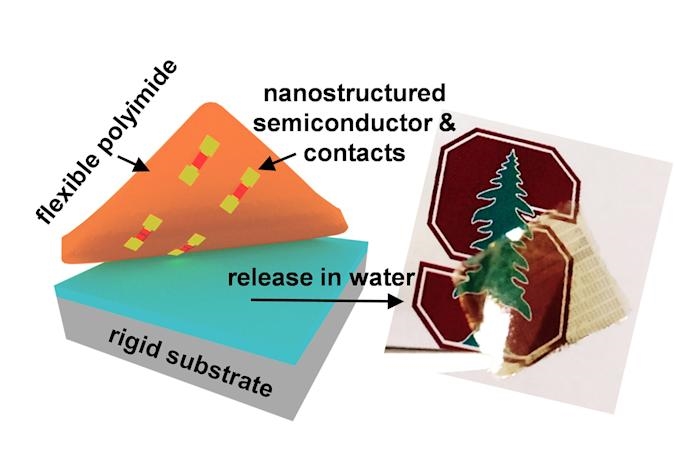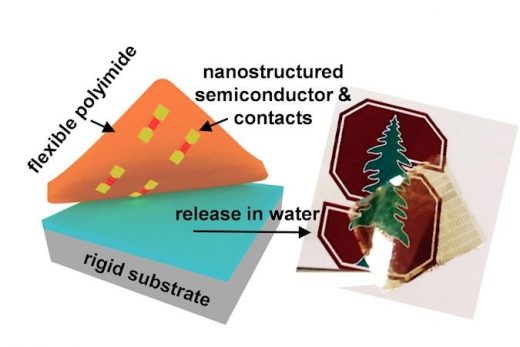‘Atomically thin’ transistors could help make electronic skins a reality
‘Atomically thin’ transistors could help make electronic skins a reality
They’re several times smaller than previous creations.


Electronic skin will only truly become practical if it’s thin enough to be virtually unnoticeable, and scientists might have just delivered that breakthrough. Stanford researchers have developed a new technique that produces “atomically-thin” transistors under 100 nanometers long. That’s “several times” shorter than the previous best, according to the university.
The team accomplished the feat by overcoming a longstanding hurdle in flexible tech. While ‘2D’ semiconductors are the ideal, they require so much heat to make that they’d melt the flexible plastic. The new approach covers glass-coated silicon with a super-thin semiconductor film (molybdenum disulfide) overlayed with nano-patterened gold electrodes. This produces a film just three atoms thick using a temperature nearing 1,500F — the conventional plastic substrate would have deformed around 680F.
Once the components have cooled, the team can apply the film to the substrate and take a few “additional fabrication steps” to create a whole structure about five microns thick, or a tenth the thickness of human hair. It’s even ideal for low-power use, as it can handle high currents at low voltage.
There’s more work to be done. The researchers want to both refine the flexible tech and include wireless tech that would allow networking without bulky hardware. This also ignores the usual challenges with tech like this — the inventors would need to find a way to mass-produce these transistors at reasonable prices. If successful, though, this could lead to highly efficient e-skins, implants and other flexible devices that are almost imperceptible.
(19)


